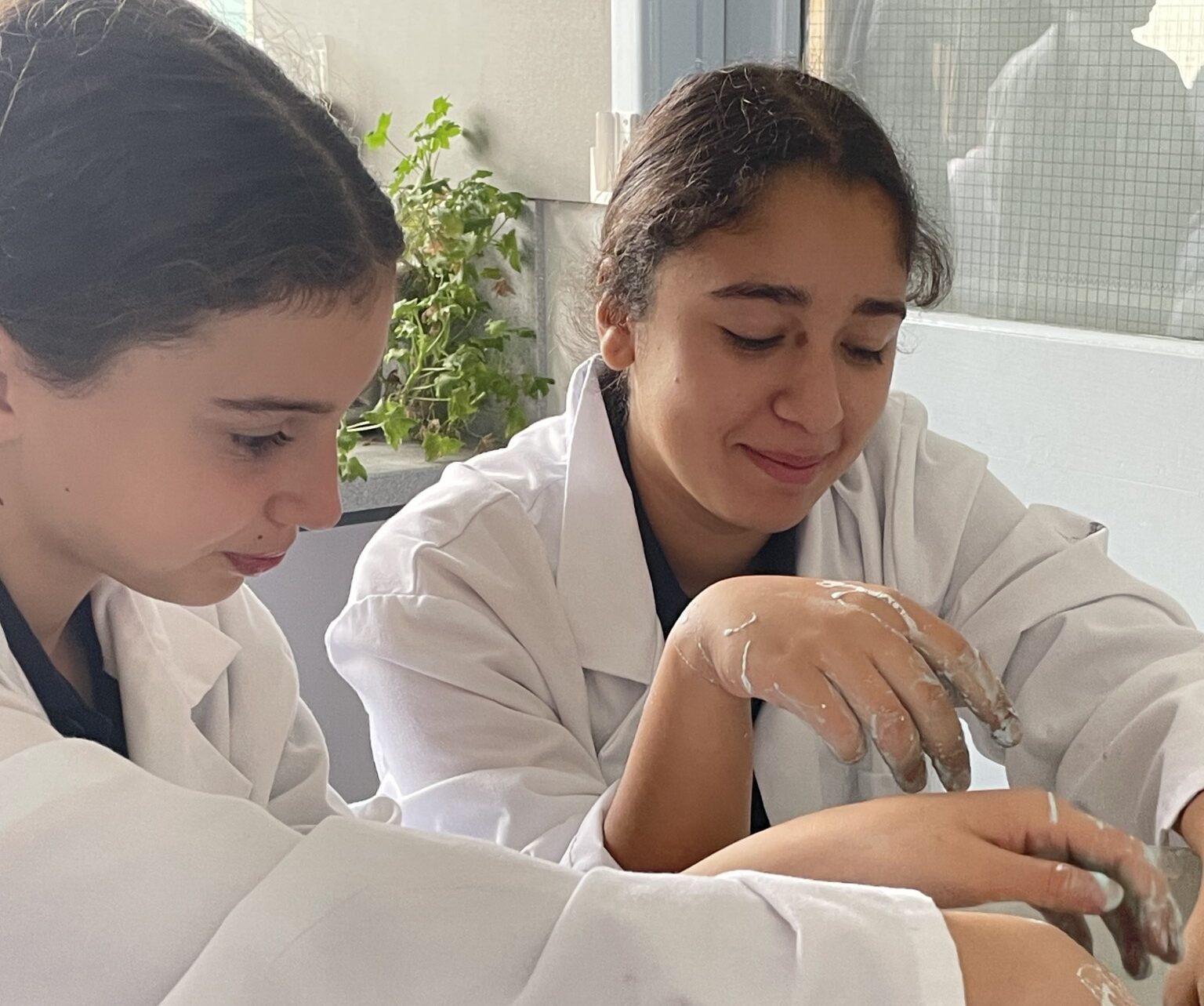
14 Aug Scientific Innovation by Hillel Solomon, Head of Science
The upcoming National Science Week is centred on the theme “Innovation – Powering Future Industries”. The pace of innovation seems to be accelerating more rapidly than ever, and we, as science educators, hold a pivotal role in nurturing an inventive mindset among our students. But what does this truly entail in practical terms?
It’s tempting to get carried away by the allure of scientific innovation—imagining a solitary scientist secluding themselves in a room, only to emerge days later with pages of groundbreaking notes, or envisioning college dropouts who break free from institutional constraints to illuminate their genius on an uncharted path. However, this romanticized image isn’t the genuine core of innovation.
In “Crisis, Covenant and Creativity: Jewish Thoughts for a Complex World,” Rabbi Nathan Lopez Cardozo delves into the concept of ‘creativity’ in a religious context. Similar to the scientist, there’s a popular notion of a ‘creative spiritual’ who rises above the specifics of religious texts and practices, becoming more spiritually creative. Cardozo, however, likens religious creativity to artistic creativity. He cites Bach and Rembrandt, creative luminaries of the last five centuries, and contends convincingly that their creativity was born from rigorous discipline and mastery of their respective fields. Only when an artist is fluent in their field’s language can they innovate—melding seemingly disparate ideas to create something entirely novel. Cardozo asserts the same principle applies to religious practice, and I believe this holds true for scientific innovation too.
Two pivotal elements facilitate scientific innovation. Firstly, akin to an artist, a comprehensive grasp of existing work and fluency in the language of science is essential. Secondly, and perhaps unlike an artist, the ability to collaborate with colleagues, unburdened by ego, is crucial for welcoming breakthrough ideas from diverse sources.
As educators, instilling an innovative spirit in students is a formidable task. While our core duty involves delivering curriculum, which might seem at odds with creativity and innovation, profound understanding and knowledge serve as prerequisites for innovation rather than obstacles.
Yavneh College boasts numerous budding young scientists. My aspiration is that we continue nurturing their comprehension and scientific fluency, so that when their moment arrives to shape future industries, they possess the complete toolkit required for creativity, innovation, and invention.



